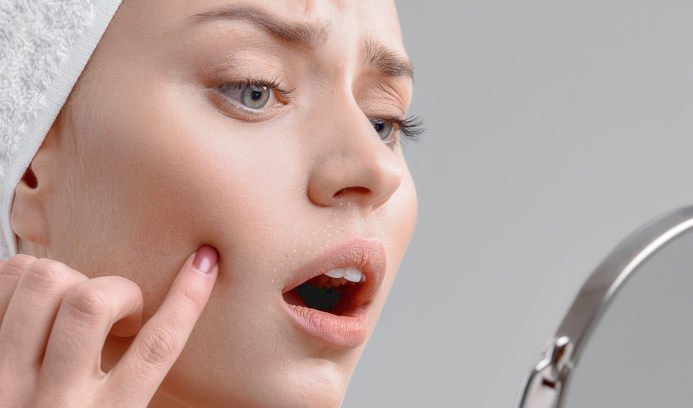
Patient: How do I take care of scabs that form after laser treatments and surgery?
The scab is a “natural dressing” that allows wounds, scratches and abrasions to heal quickly. It has several important functions, so you shouldn’t get rid of it too quickly.
Scabs typically form whenever the optimal power is selected for certain lasers and is common and they signify a phase where your skin is raw and just starting to heal up. They scab whenever you want certain results such as
- Significant Lightening of Pigmentation
- Removal of Moles
- Resurfacing Lasers
- Removal of Red Vessel Spots
Scabs typically fall off in 3-7 days depending on your skin and treatment protocol. You would want to make sure you get the best scab care such that you reap the optimal results from your laser treatment.
Steps to Advanced Scab Care Post Laser
Step 1: Mechanical Protection
Prevention of further mechanical damage.
Avoidance of hot water, abrasives, microbeads, rough towels, mechanical friction, picking over the scab
This is pertinent to allow your raw skin to heal up well.
Additional trauma can result in unintended damge and may even cause scarring!
Step 2: Moisturisation
Be generous with moisturisation.
Moisturise every hour for the first 48 hours post treatment and scale it down to 5x a day for 5 more days thereafter.
Moisturisation is key to give sufficient moisture for skin to soak up and heal as it is usually dry post treatment.
Use of RAI Post Laser Intensive Recovery Serum before your moisturiser is highly recommended for decreasing inflammation and decreased risk of PIH.
Step 3: UV Protection
Use an umbrella for 1 month post laser treatment whenever going out.
Sun block is typically applied in insufficient quantities by almost everyone! If you are diligent in applying 3 x 50 cent coin worth of sun block over the face every 80 minutes, then you will be getting the intended SPF 50 as stated on the sunblock. Sun block can typically be applied 48 hours post laser treatment.
If you are sitting next to a window, try to shift your daily activities to be away from the window where UV-A easily penetrates. UV-A makes up 95% of UV rays from the sun and gives an insidious insult to our skin, especially when it is healing. UV exposure can lead to PIH which will compromise the intended laser results.
Step 4: Treating Unintended Pigment Formation
Let your doctor know early if this occurs and treatment can be instituted to reverse unintended pigment formation.
Risk of this developing can be decreased with RAI Post Laser Intensive Recovery Serum and with proper care, this can be avoided.
Dr Sin Yong is a regular user of Time Freeze Resurfacing Laser for scar treatments and papules/ moles removal. He also employs Nd YAG and vascular lasers in his practice to target pigments and vascular lesions respectively. A proper diagnosis of your skin condition by your treating doctor will form the basis for great results. Seek out the ideal laser for your skin condition before commencing any laser treatment! Always enquire if your treating doctor has specialised lasers for your skin condition rather than using a suboptimal laser setting for you skin
He is also the medical director of Goken Luxe located at 277 South Bridge Road.

